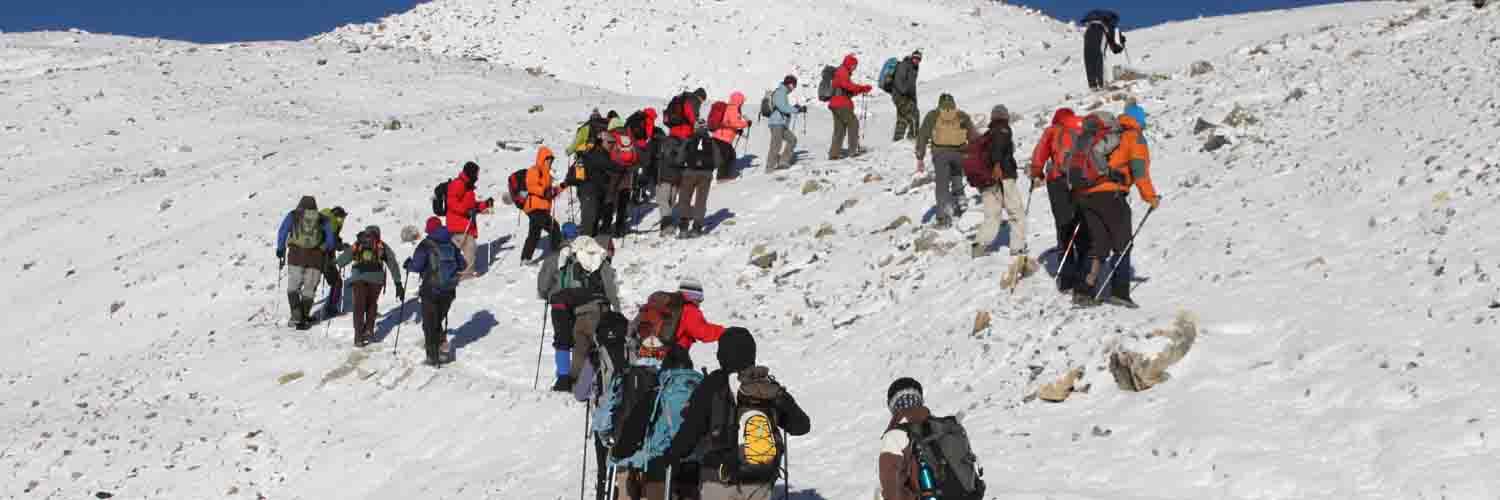1. How long is the Annapurna Circuit trek?
The duration of the Annapurna Circuit trek can vary depending on the specific itinerary and starting/ending points. On average, it takes about 11 days to complete the entire circuit.
2. Is the Annapurna Circuit trek difficult?
The Annapurna Circuit trek is rated as being moderately difficult. The difficulty level can vary based on factors like your fitness level and acclimatization. While it involves some steep ascents and descents, it is generally suitable for trekkers with average fitness and some prior trekking experience.
3. When is the best time for Annapurna Circuit trek?
The best time for the Annapurna Circuit trek is from March to May and September to November which offer pleasant weather, clear skies, and stunning mountain views.
4. Are there teahouses or lodges along the Annapurna Circuit trek route?
Yes, the Annapurna Circuit trek is well-developed with teahouses, lodges, and guesthouses along the trail. These provide accommodation and meals for trekkers, making it possible to complete the trek without camping gear.
5. What is the maximum altitude reached during the Annapurna Circuit trek?
The highest point of the Annapurna Circuit trek is Thorong La Pass, which is situated at an altitude of 5,416 meters (17,769 feet) above sea level.
6. Do I need a special permit for the Annapurna Circuit trek?There are no such special permits required for the trek but the “Annapurna Conservation Area Permit” (ACAP) for entry into the Annapurna Conservation Area, and the “Trekkers’ Information Management System” (TIMS) card are required.
7. Is it necessary to hire a guide and porter for the Annapurna Circuit trek?
Hiring a guide and porter for the Annapurna Circuit trek is now mandatory. A guide helps you with navigation and provides valuable insights of the places you visit. He also ensures your safety. A porter carries your luggage, allowing you to enjoy the trek more comfortably.
8. What type of physical fitness is required for the Annapurna Circuit trek?
The Annapurna Circuit trek requires a reasonable level of physical fitness. Regular walking or hiking practice before the trek is advisable to prepare your body for the daily trekking distances and altitude gain. Cardiovascular endurance and strength training are beneficial to cope with the demanding sections of the trail.
9. Will I get altitude sickness on the Annapurna Circuit?
Yes, altitude sickness can be a concern as the trek reaches heights of over 5,400 meters (17,700 feet) at the Thorong La Pass. It is important to acclimatize properly, stay hydrated, and ascend gradually.
10. Is it possible to trek the Annapurna Circuit independently?
A: Yes, it is possible to trek independently, but hiring a guide or porter can enhance your experience and safety. Guides provide local knowledge and navigation assistance, while porters can help carry your load


